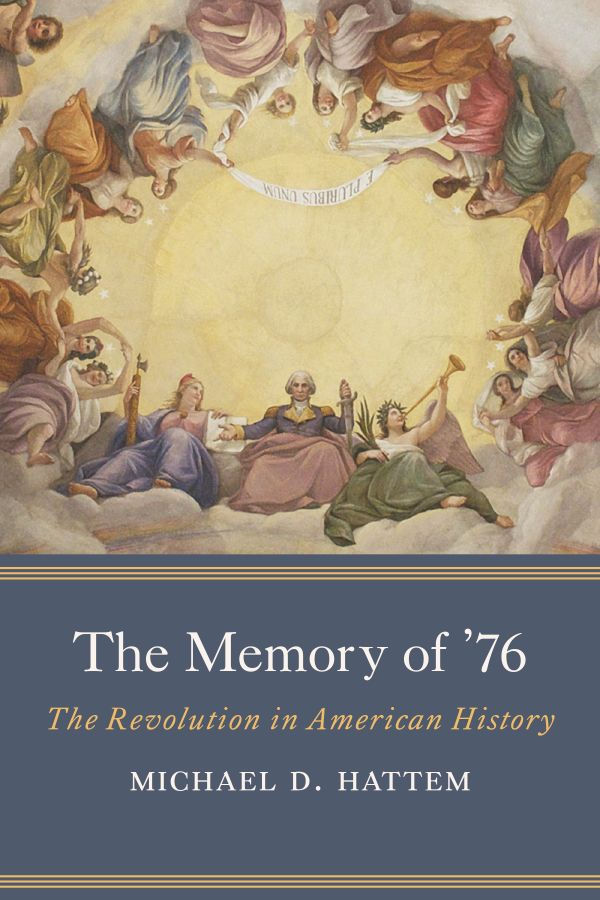It’s All About ‘Orrchitecture’ for Preservation Month at New Haven Museum
- New Haven Museum
- Apr 29
- 2 min read

New Haven, Conn. (April 25, 2025) – Did you know that the White House was nearly torn down during the Truman administration? New Haven architect Douglas Orr was instrumental in saving much of it. New Haven Museum (NHM) will celebrate National Preservation Month with two programs focusing on the work of architect and visionary Douglas Orr—on Saturday, May 17, 2025, from 12 to 4 p.m., and Thursday, May 22, 2025, at 6:00 p.m.
The first event, “Orrchitecture,” is part of the NHM “What’s in the Whitney Library?” program series. NHM Librarian Emma Norden will offer visitors an exclusive glimpse into the architect's original architectural drawings and materials from his tenure as president of the American Institute of Architects, on Saturday, May 17, 2025, from 12 to 4 p.m. Visitors will explore Orr’s monumental work at the White House and see firsthand the creativity and innovation that shaped an era of design. Register here.
For the second program, on Thursday, May 22, 2025, at 6:00 p.m., Cynthia Wrightsman and Douglas Orr Logan will present, “Douglas Orr: Connecticut and Beyond.” The free lecture will be preceded by a reception at 5:30 p.m. Register here.
Orr designed the World War One Memorial Flagpole on the New Haven Green, and the Willoughby Wallace Memorial Library in Branford, Connecticut. He went on to receive national acclaim. "A talented and prolific architect, Douglas Orr, of Stony Creek, Branford, Connecticut, was active in his community and built a national legacy," says Wrightsman. She notes that two of Orr’s buildings have been listed on the National Register of Historic Places: The New Haven Lawn Club, and the former Southern New England Telephone Company headquarters on Church Street, New Haven.
Orr began designing houses in the 1920s, soon after he graduated from Yale University. In 1926 he opened his own firm in New Haven. Between the 1920s and 1950s, Orr’s architectural firm had a huge impact on New Haven. He had his hand in everything, from municipal buildings, low-income housing, Yale University building additions and alterations, hospitals, churches, and homes.
The grandson of Douglas Orr, Logan notes that Orr’s motto was: "To specialize is to fossilize." He adds that Orr was a humanist architect by nature, and his preferred styles lay in the old school. “But he was excited about new forms, materials, and building techniques,” Logan says. “He was not the chief designer for all of the projects that came out of his office, but he worked with clients and encouraged his associates and partners to try everything from Beaux Arts to Art Deco to Brutalism.”
In 1949, Orr became vice chairman of the Commission on the Renovation of the Executive Mansion (The White House). Working with President Truman, Orr was the only architect on the commission.
Presented in partnership with the New Haven Preservation Trust, both programs at the New Haven Museum provide an extraordinary opportunity to connect with the impact of one of architecture’s great minds.



Comments